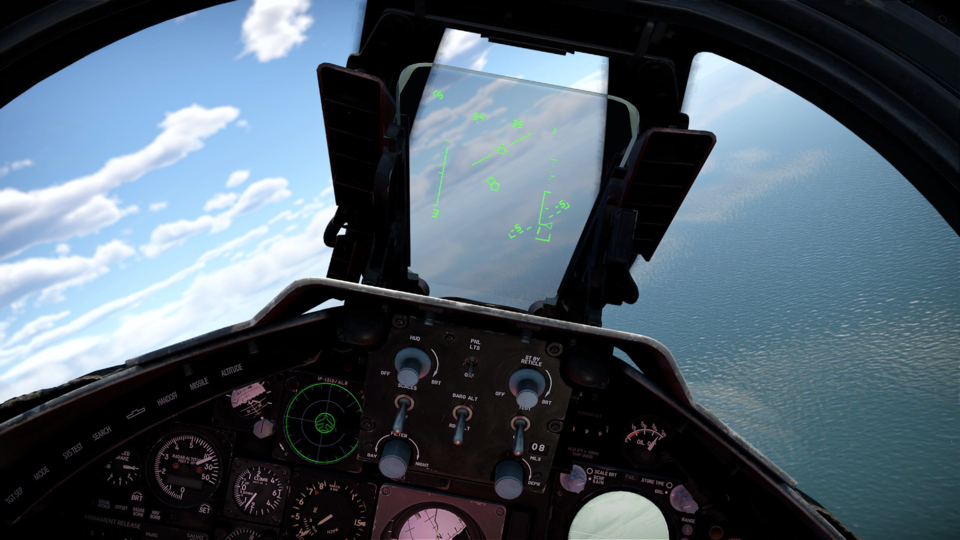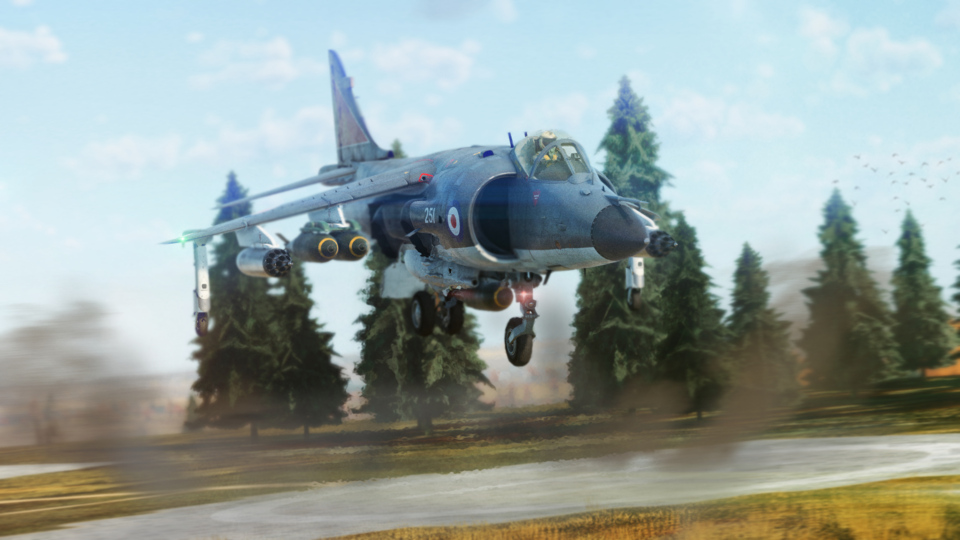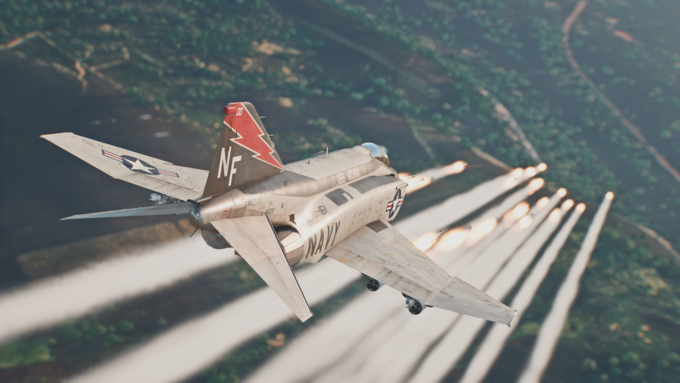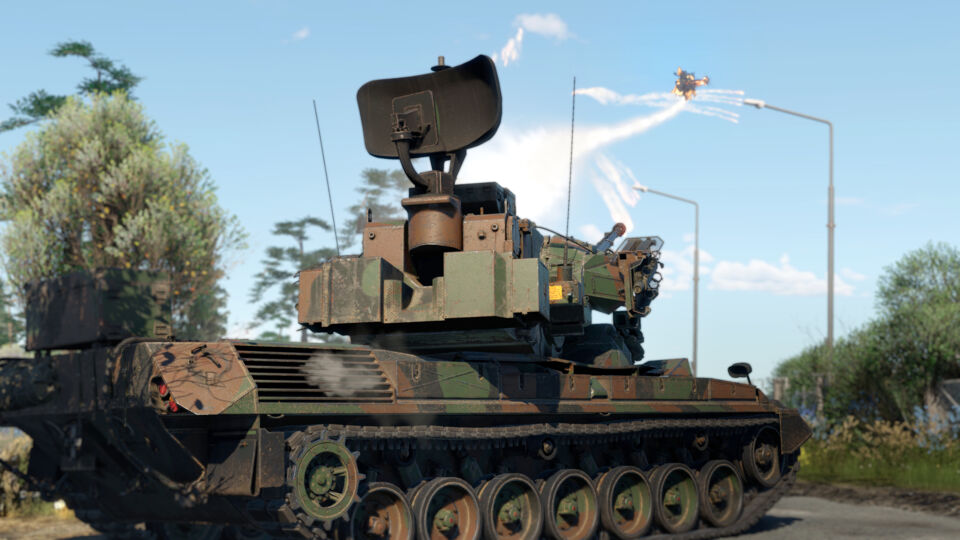Controls
There are various techniques you can use to avoid the different types of air-to-air missiles. As a general rule though, situational awareness is absolutely key, you should be looking out to see if any aircraft around you could have air-to-air missiles and judging what type they are likely to have. If an enemy is on your tail keep looking to see if a missile is launched. You may not get a visual warning (depending on missile type) and even if you do it may be too late.
"Manual Engine Controls" (often abbreviated as MEC) are the ability for a player to manually control multiple components of an engine. Used properly, these allow for greater speed, fuel efficiency, engine cooling and management of a damaged engine. These take a bit to learn, being left by default to the game to handle automatically, but are worth learning to gain an advantage.
The Head-Up Display or HUD is a transparent display (typically located in front of the aircraft's windscreen) used to present information to the pilot without them having to look at their instruments. The design, layout, and functionality of different HUDs varies significantly. Most HUDs have multiple modes, these can be switched between by pressing the "Switch sight mode in cockpit" keybind. This article will provide an overview of each HUD design in the game. Some HUD designs are used by multiple aircraft.
Vertical Take-Off and Landing (VTOL) is a design feature found on some aircraft in War Thunder. Unlike other fixed-wing aircraft, VTOL aircraft can take off, hover, and land vertically using the power and directionality of their engines, rather than having to rely on forward motion to allow their wings to generate lift. There are two designs that achieve this in-game: aircraft that have special nozzles to redirect the thrust output of the engine (thrust vectoring) such as the Harrier series, and aircraft with supplementary engines directed vertically (lift jets) such as the Yak-38 series.
The weapons selector, introduced in Update “Raining Fire”, is a mechanism which allows the player to select which of an aircraft’s primary and
secondary weapons should be used. Once set up, players can cycle through their primary and secondary weapons, and fire them using
the same bound key. Note that this is a separate system, with separate controls, from the countermeasures selector.
The Ballistic Computer is a system found on some modern aircraft and helicopters used to aid the player in the delivery of unguided air-to-ground munitions. There are two key functions of the ballistic computer: Constantly Computed Impact Point (CCIP) and Constantly Computed Release Point (CCRP). CCIP continually calculates where munitions will land and gives the pilot an accurate impact point to aim with. CCRP allows the player to specify an impact point, the ballistic computer will then continually calculate at which point along the player’s flight path munitions will need to be released in order to hit the player’s designated impact point, and will only allow munitions to be released when that point is reached.
Update 1.87 “Locked On” introduced mechanics for radars and other sensors. The new mechanics replaced an “arcade-style” lead indicator previously present, and a number of aircraft and SPAA vehicles which were historically equipped with radars gained access to the new features allowing for a more in-depth, realistic, and a historic feel when playing them.



